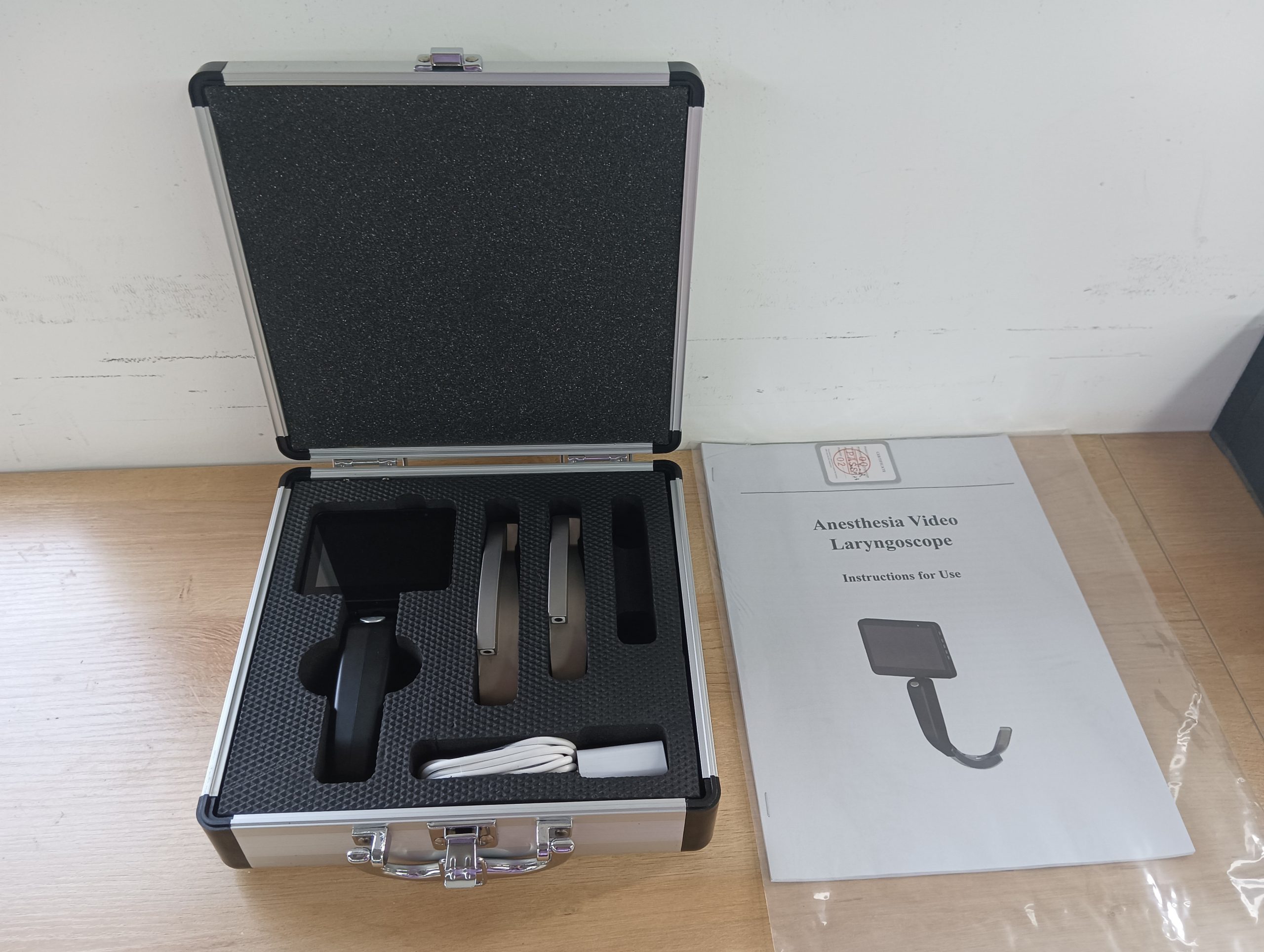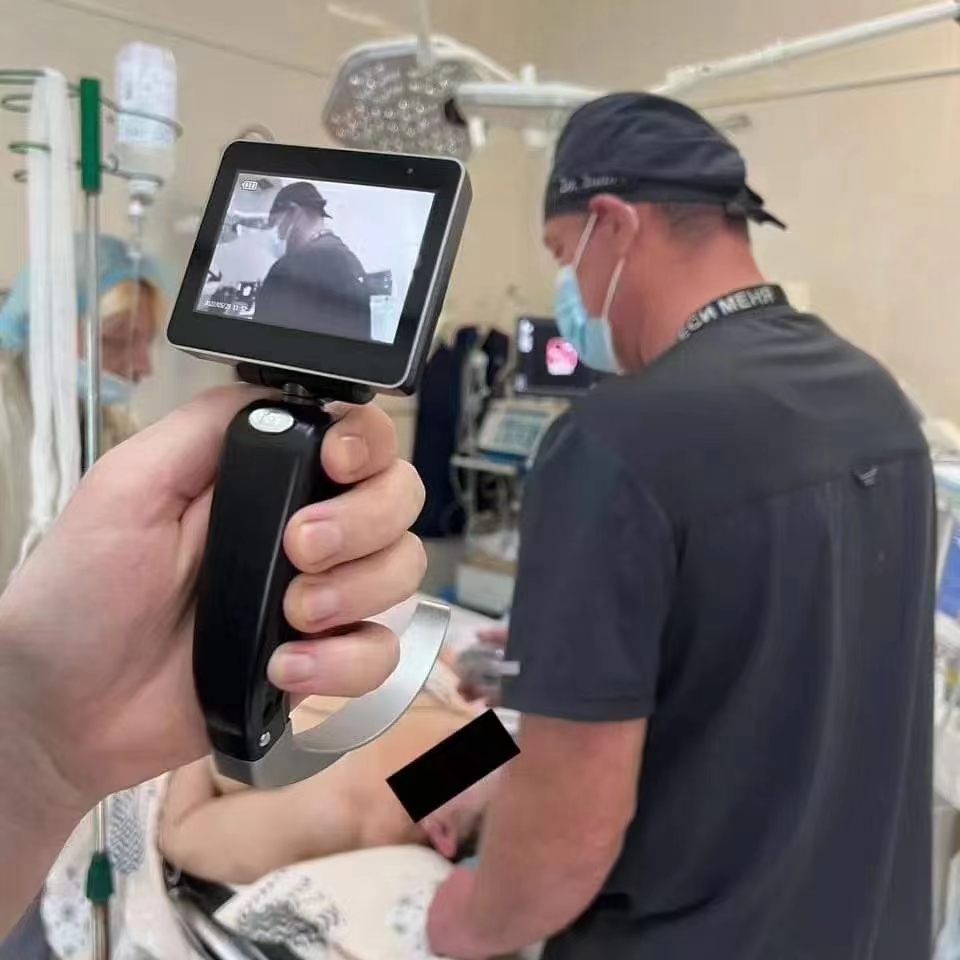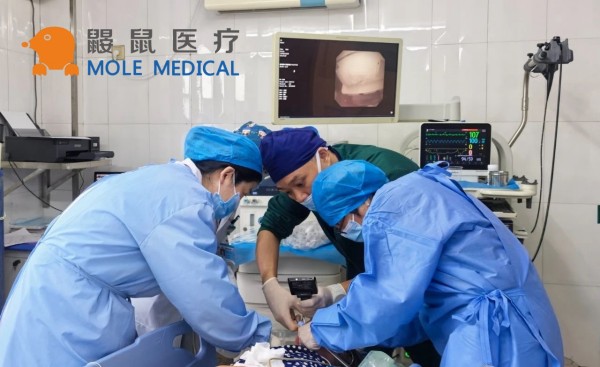Mac Blade Intubation: Techniques & Tips
Dec 21, 2023
Mac blade intubation is a critical technique used in emergency and anesthesia care to manage a patient’s airway successfully. The mac blade itself is a type of laryngoscopy blade that is commonly used for endotracheal intubation. This technique is usually performed by healthcare professionals such as anesthesiologists, emergency room doctors, or critical care nurses. In this article, we will delve deeper into the mac blade intubation technique, exploring different intubation blades types with an emphasis on macintosh blades. We will also discuss the essential techniques and tips required to conduct a successful mac blade intubation, and the equipment needed to perform this procedure accurately.
By the end of this article, healthcare professionals will have a better understanding of the importance of macintosh blade intubation and efficient ways to conduct it. Applying the techniques and tips to their practice will help them master airway management, optimize intubation success rates and ensure patient safety.
Continue reading to learn more about intubation techniques and important factors to consider when performing mac blade intubation.
Stay tuned for a comprehensive guide on mastering the Mac Blade Intubation technique!
Understanding the Mac Blade
Intubation is a critical procedure that requires skilled experts and high-quality equipment. The blade is an essential tool in laryngoscopy, which is why understanding its features is vital for healthcare professionals. One of the most commonly used intubation blades is the macintosh laryngoscope.
The macintosh laryngoscope is a curved blade that fits over the tongue and lifts the epiglottis to expose the glottis. It is available in various sizes and materials, including stainless steel and disposable options. The blades have a curvature that allows for better visualization of the patient’s airway, enhancing the probability of success during intubation.
The macintosh laryngoscope’s design and functionality make it an effective tool in airway management. It is particularly suited to use in patients who have normal airway anatomy. Thus, healthcare professionals need to be skilled in its use to improve patient outcomes.
Mac Blade Intubation Techniques

Mac blade intubation is a critical procedure in emergency and anesthesia care that requires proper positioning, visualization of the glottis, and maneuvering the blade for successful intubation. The macintosh blade is commonly used for laryngoscopy in endotracheal intubation, and healthcare professionals must be skilled in using it to ensure optimal patient outcomes.
A crucial step in mac blade intubation is ensuring the proper positioning of the patient. The head tilt-chin lift maneuver is used to align the oral, pharyngeal, and laryngeal axes to provide the best visualization of the glottis. Once the patient is positioned correctly, the blade is inserted into the right side of the mouth, and the tongue is gently displaced to gain clear access to the oropharynx.
Visualization of the glottis is another crucial step in mac blade intubation. The blade must be lifted carefully and slowly to allow proper visualization of the vocal cords. If the hyoepiglottic ligament obstructs the view, the blade must be repositioned or lifted gently to allow a better view.
Maneuvering the blade correctly is essential to ensure successful intubation. The blade should be lifted and rotated away from the operator to lift the epiglottis and visualize the vocal cords. The endotracheal tube is then passed through the cords and advanced into the trachea.
It is essential to note that successful mac blade intubation requires proper training, experience, and ongoing education. Healthcare professionals must master the techniques and seek continuous training to ensure optimal patient outcomes.
Expert Tip: Using a “stylet” or a “bougie” can be helpful during mac blade intubation to guide the endotracheal tube and avoid trauma to the airway.
Intubation Equipment and Video Laryngoscopy
When it comes to mac blade intubation, having the right equipment is crucial. Without proper tools, the procedure can be risky and unreliable, leading to potential complications and adverse outcomes. Therefore, it’s essential to ensure that healthcare professionals have access to all necessary intubation equipment.
The first and foremost item required for mac blade intubation is the endotracheal tube. This tube helps air flow through the respiratory system by bypassing any obstructions in the throat or trachea. It’s essential to select the right-sized tube, and its placement must be precise. A stiff stylet can help make proper placement easier, and bougies are useful for navigating obstructions.
One of the most significant technological innovations in airway management is video laryngoscopy. Video laryngoscopes can aid healthcare professionals in providing better visualization and control during intubation. The video displays the image on a monitor, allowing medical personnel to see the throat’s interior more clearly. This feature is especially beneficial in difficult-to-manage cases, such as with limited mouth opening, severe obesity, or upper airway obstruction. Despite its benefits, video laryngoscopy comes with its potential challenges, like technical malfunctioning, and it may require more training and skill to operate.
Conclusion
Mac blade intubation is a crucial technique in emergency and anesthesia care that requires proper training and equipment to ensure successful intubation. By understanding the mac blade and its features, healthcare professionals can master the techniques and tips for proper positioning, visualization, and maneuvering of the blade. It is essential to have the right equipment, including endotracheal tubes, stylets, and bougies, and consider the benefits and challenges of video laryngoscopy.
Continuous training and education are critical for healthcare professionals involved in mac blade intubation to optimize their skills and ensure patient safety. As healthcare professionals continue to face challenging airway management scenarios, mastering mac blades intubation can make a significant difference in saving lives.
Categories
Latest Articles

Disposable Nephroscopes: Redefining Safety & Efficiency in Urology
Introduction The shift towards minimally invasive urological surgery has found a pivotal ally: the disposable nephroscope. As traditional reusable scopes grapple with persistent biofilm contamination risks and soaring sterilization costs, the global medical community is rapidly adopting single-use solutions. This article analyzes the clinical value, technological evolution, and dynamic innovation landscape driving this transformative shift. ... Read more

Disposable Video Laryngoscope Blades: The Ultimate Solution for Preventing Cross-Contamination
In the operating room, as the cold light of a video laryngoscope illuminates a patient’s airway, an age-old medical challenge is being redefined: How can life-saving instruments avoid becoming vectors of infection? Jiangsu MoleMedical drives an innovative safety revolution—replacing reusable devices with single-use, sterile laryngoscope blades that create a pure barrier for critical airways. Traditional video ... Read more
-2.jpg)
FDA & CE Approved Video Laryngoscope: What Makes It Stand Out?
Introduction In high-pressure emergencies and precision-driven operating rooms, video laryngoscopy is revolutionizing airway management. Mole Medical’s FDA and CE-certified technology replaces tactile-dependent “blind intubation” with real-time visual navigation – enhancing safety, accuracy, and clinical outcomes worldwide. Why Certification Matters Mole Medical’s dual certifications validate its global compliance and performance: FDA Clearance: Rigorous validation of safety/efficacy ... Read more

Mole Medical Showcases Advanced Endoscopy Solutions at CMEF Autumn 2025, Driving Global Partnerships
Guangzhou, China – September 26-29, 2025 – The 92nd China International Medical Equipment Fair (CMEF Autumn) concluded successfully on September 29th at the Canton Fair Complex in Guangzhou. Mole Medical Technology Co., Ltd. (Mole Medical) made a significant impact at the event, drawing global medical professionals and partners to its booth (Hall 2.1, Stand Q24) ... Read more

How to Use Disposable Ureteroscopes Safely and Efficiently
In the field of urology, the application of disposable electronic ureteral-kidney pelvis endoscopy catheters is leading the technological innovation in minimally invasive surgeries. According to the 2024 multi-center research data from China’s urology department, among the over 5,000 surgeries included, the patient group using disposable catheters performed significantly better in key indicators such as operation ... Read more



